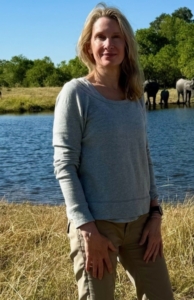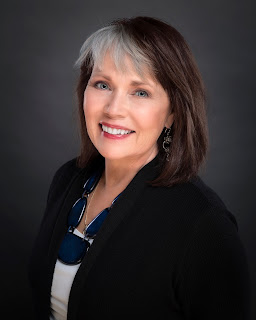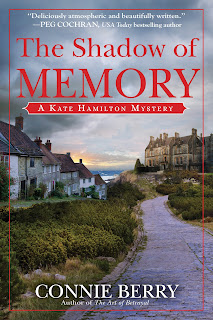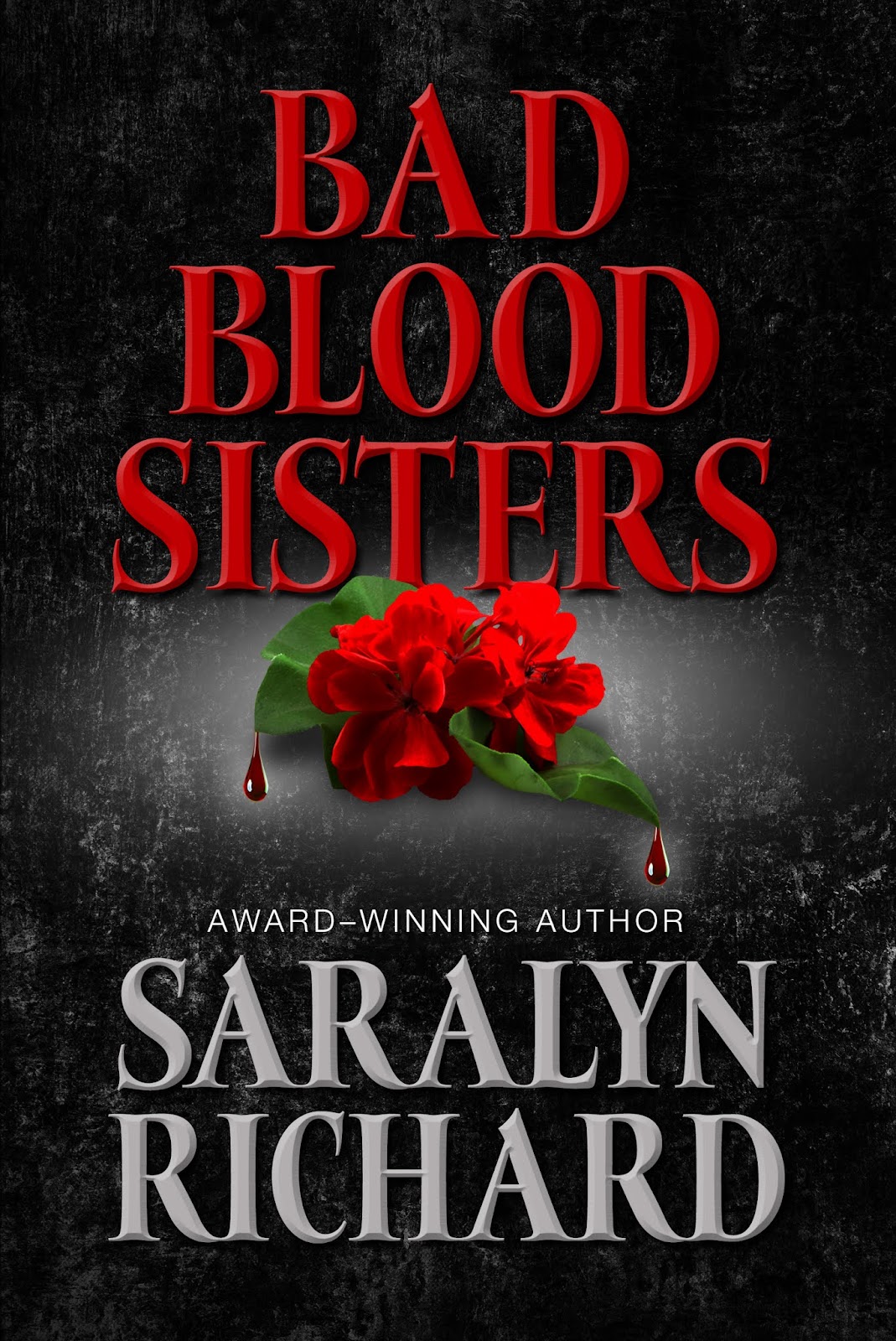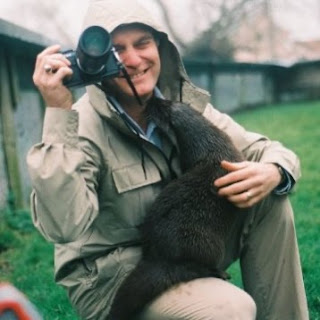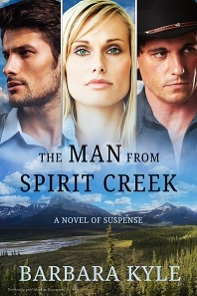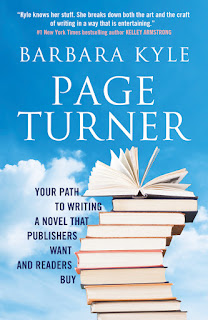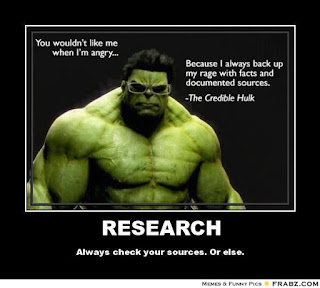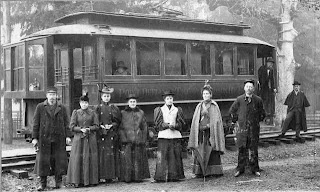The Research Text
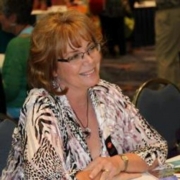 By Donnell Ann Bell
By Donnell Ann Bell
Years ago, when I worked at the Colorado Springs Business Journal as assistant editor, spotlight writer, proofreader, dishwasher, you get the idea, I shared the print room with my delightful editor and a few crazy people. Delightful and crazy are just two adjectives that come to mind. The word I reserve first and foremost for them all is talented.
Kris Oppermann Stern was the CSBJ’s editor. Over the years, I’ve been fortunate to keep in contact with her, whether we toured the Brown Palace Hotel in Denver so I could research Betrayed, stood in the crowded Tattered Cover bookstore waiting to hear New York Times Bestselling Author Daniel Silva, or just hung out at her house binge-watching Twilight. To this day, she remains one of my favorite humans.
Sadly, since I moved away, we don’t do many outings but thank goodness for technology. Our last text was so ridiculous and so much fun, and since it was getting close to my blog date, I asked if I could share. (Please forgive the blurry images I pulled from the text).
Some background. I’m in full research mode for my third book in my series, working title, Irredeemable. Naturally, I was frustrated. Here’s where our texts begin.
Donnell: Are you familiar with Morrison Colorado?
Kris: Red Rocks is about the limit of my knowledge. Why?

DENVER COLORADO: July 21 2012: Red Rocks Amphitheater.Famous Historic Red Rocks Amphitheater near Denver Colorado on July 21, 2012.
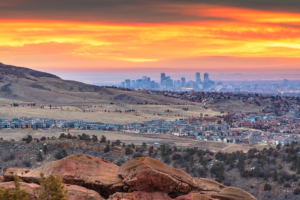
Denver, Colorado, USA downtown skyline viewed from Red Rocks at dawn.
Donnell: I have an escaped mental patient that needs to get there.
Kris: Excellent … can’t wait to read.
Donnell: I was hoping you might want to take a nice walk 😊
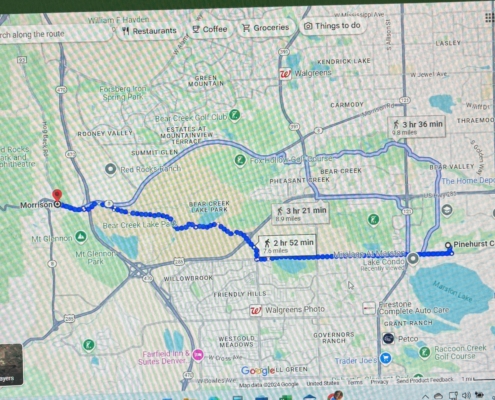
Kris: Love to—sans the escapee.
Donnell: I would take that as a no.
Kris: ??
Me: My sister lives close by. We drove the area I planned to write about. I can’t believe how built up it’s become. There’s nothing but residences around there. Hence, I want him to travel to Morrison because I need him to be in harsher terrain. P.S. I hate writing.
Kris: You do not.
Me: All right. I hate having to get a character from point A to point B when I’m ten hours away!!
Kris: That’s a different story 😊 Will he take a concert goer hostage?
Me: LOL
Kris: Where is the hospital?
Me: It’s fictitious so I’m placing it near 423 on this map. I’ll talk to Audra Bell [my daughter]. She may be able to help me.
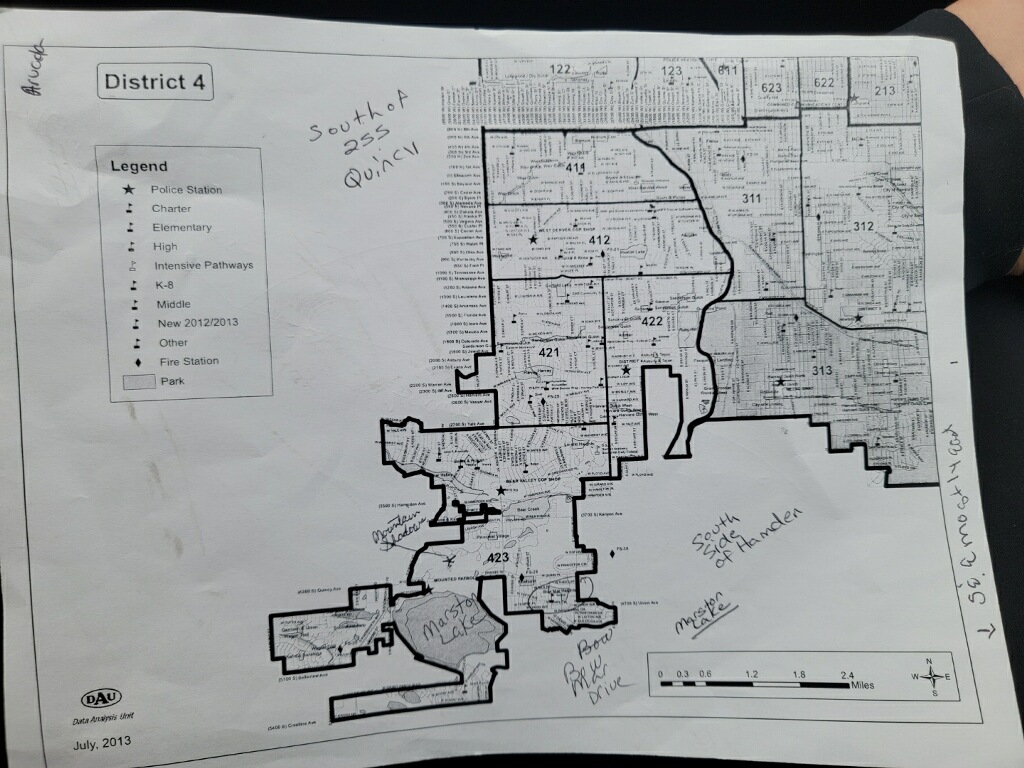
Kris: Ah. I suspect (get it) she can.
Me: You’re just a scream today. Okay. Gotta run. Must focus.
End of Text
As I mentioned above, I asked to share. Here are two pictures along with Kris’s impressive bio, along with one silly addition, which is another reason she remains one of my favorite humans. Happy writing!
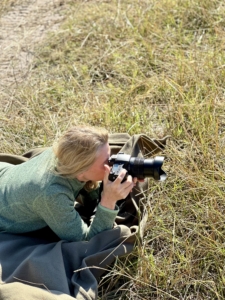
Bio of Kris Oppermann Stern:
-
- Editor of Colorado Real Estate Journal, December 1996 – present
- Publisher of Building Dialogue, September 2013 – present
- Passionate wildlife conservationist, April 2018 – in perpetuity
- Reader of Donnell Ann Bell, always
